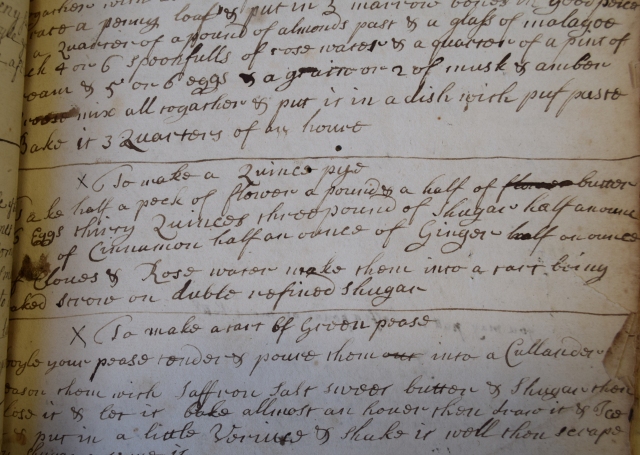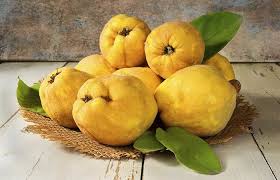Picture yourself in a long white tent. Outside rain falls down in torrents in a very British attempt at a monsoon and inside the air is cool, which keeps reminding you that tomorrow you will have to make a shiny chocolate ganache and fluffy marshmallow, when the air will be thick with damp. In front of you there are several rows of other people all at identical stations with identical ovens and identical snowy white tea towels covering the homogenous lump of ingredients.
Mary Berry is smiling like a bunch of primroses while Mel and Sue wait in anticipation to say the three dreaded words in the most humorous way possible, for an audience that will be watching in a few weeks’ time. As for Paul Hollywood he looks entirely too happy with himself: he knows exactly what is under the identical snowy tablecloths and you don’t. Before you know it the dreaded words have been and gone:
“Ready”
“Steady”
“Bake!”
The speed at which the tablecloths are whipped off creates a temporary gust of wind (with the exception of one tablecloth that took most of the ingredients with it onto the floor). Very soon the tent is so still that you half expect to see tumble weed crawling along between workbenches. You are confronted with this:

A recipe for Quince Pie from the Hamond of Westacre Collection. 1803-1821. NRO: HMN 5/4, 737X8
There are several things about this challenge that could be deemed technical and most of them are nothing to do with baking. The handwriting couldn’t be further from the ‘Times New Roman’ that you expected, in fact at first glance you aren’t even sure that it is English at all. The spelling is… interesting, and it seems that rather than no commas after ‘Yours sincerely’ and ‘Dear so and so’, it was fashionable in the 18th Century to spell phonetically, a measure which all primary school teachers would surely welcome. All this takes up precious time but not half as long as it takes everyone to work out how much a “peck” is, that is once they’ve got past what a quince is (It looks like a yellow furry pear shaped thing that is more solid than the sturdiest cannon ball used in ‘The Charge of the Light Brigade’). It’s not like you have to cook one or two, the recipe asks for thirty.
this takes up precious time but not half as long as it takes everyone to work out how much a “peck” is, that is once they’ve got past what a quince is (It looks like a yellow furry pear shaped thing that is more solid than the sturdiest cannon ball used in ‘The Charge of the Light Brigade’). It’s not like you have to cook one or two, the recipe asks for thirty.
The recipe helpfully instructs you to “make them into a tart”, and you have no idea what it is meant to look like. What kind of pastry do you have to make? Are quince tarts decorated a certain way? Does it have layers? How long do you bake it for? Do the quince need to be solid or sloppy? Sour or sweet? None of the following are answered by the recipe.
No wonder Paul Hollywood looked so happy with himself. The only thing that you know is that, whatever the cost, it cannot have a soggy bottom.
In the end, twelve tarts are all lined up on the long table at the front of the tent− by now it has stopped raining and sunshine steams in through the plastic windows− your chocolate ganache might be saved. You come fourth because you have produced a tart in which the quince is properly cooked, many others fall because they didn’t stew the stubborn fruits for long enough. Naturally, the archivist in the tent comes first because they are well versed in interesting spelling, different styles of handwriting and filling in the gaps where the author didn’t think is necessary to add all the information. And they win because they have the best job in the tent.
Compiled by A.Bundock, a student of Fakenham College
Transcript of Recipe:
To make a Quince Pye
Take half a peck of flower a pound and a half of butter 6 Eggs thirty Quinces three pound of Shugar half an ounce of Cinnamon half an ounce of Ginger half an ounce of Cloves and Rose Water make them into a tart being naked strew on double refined shugar.













